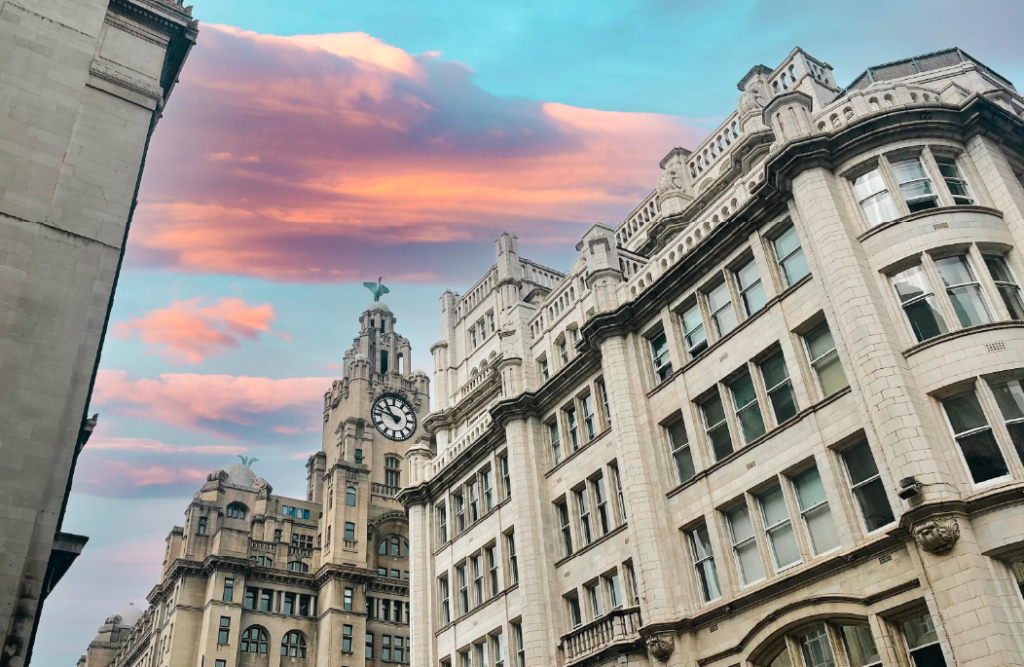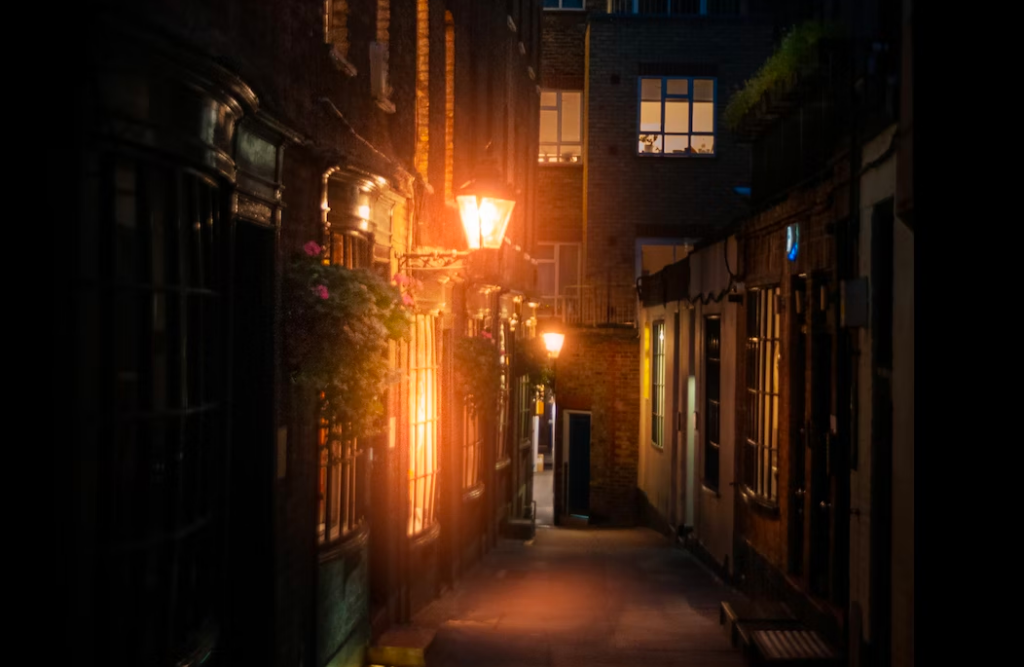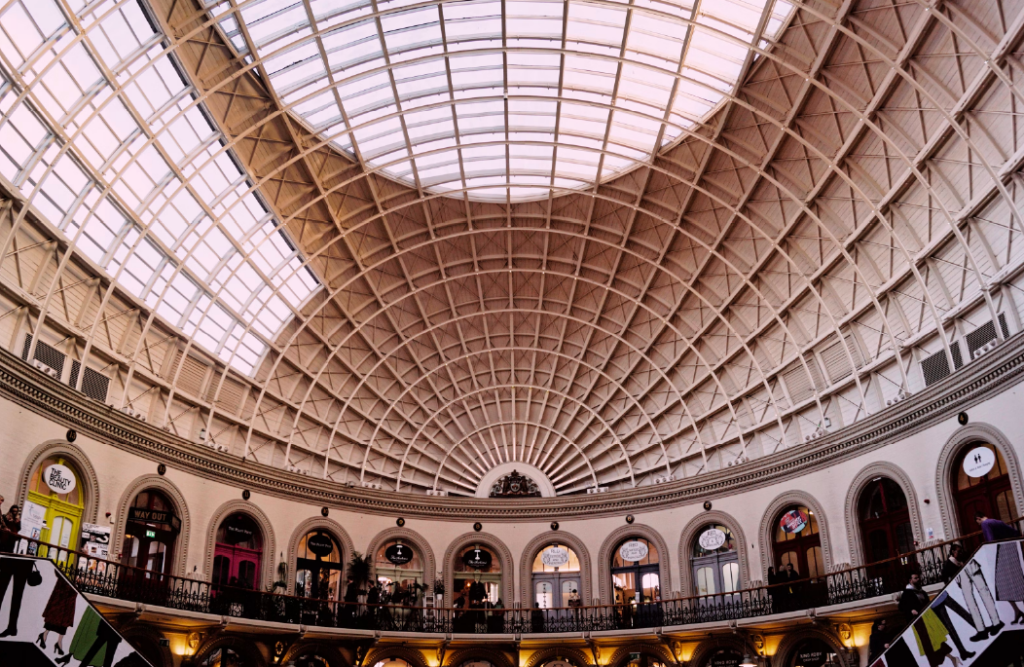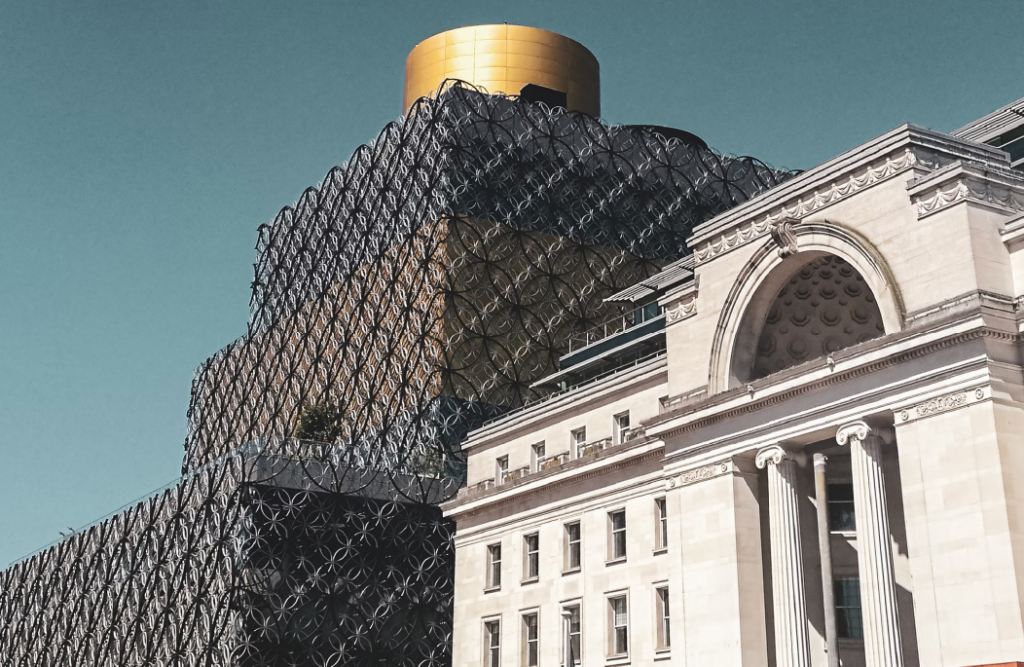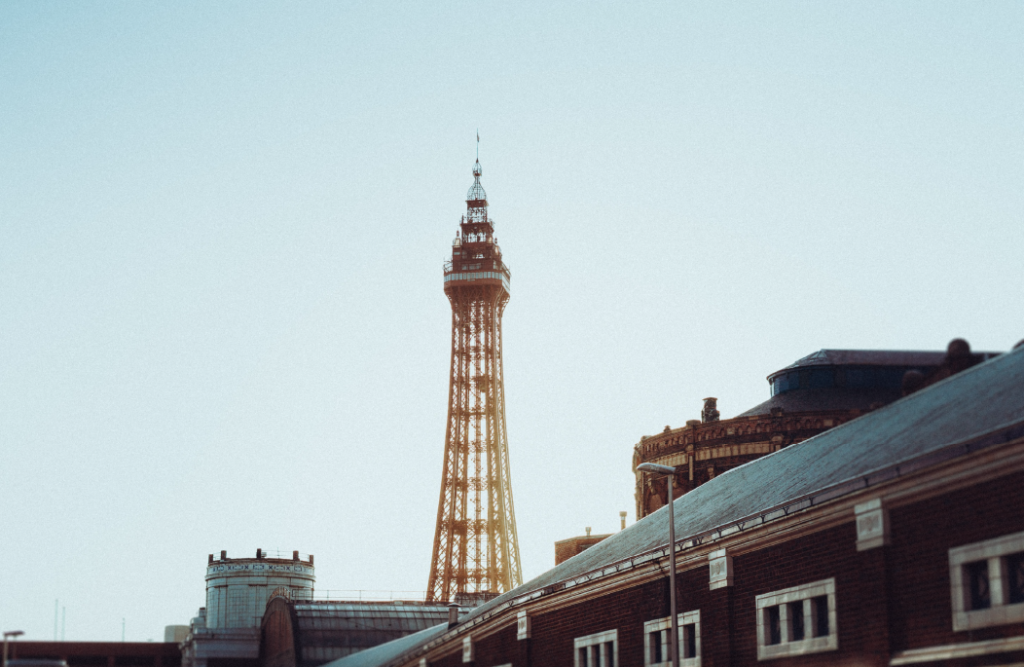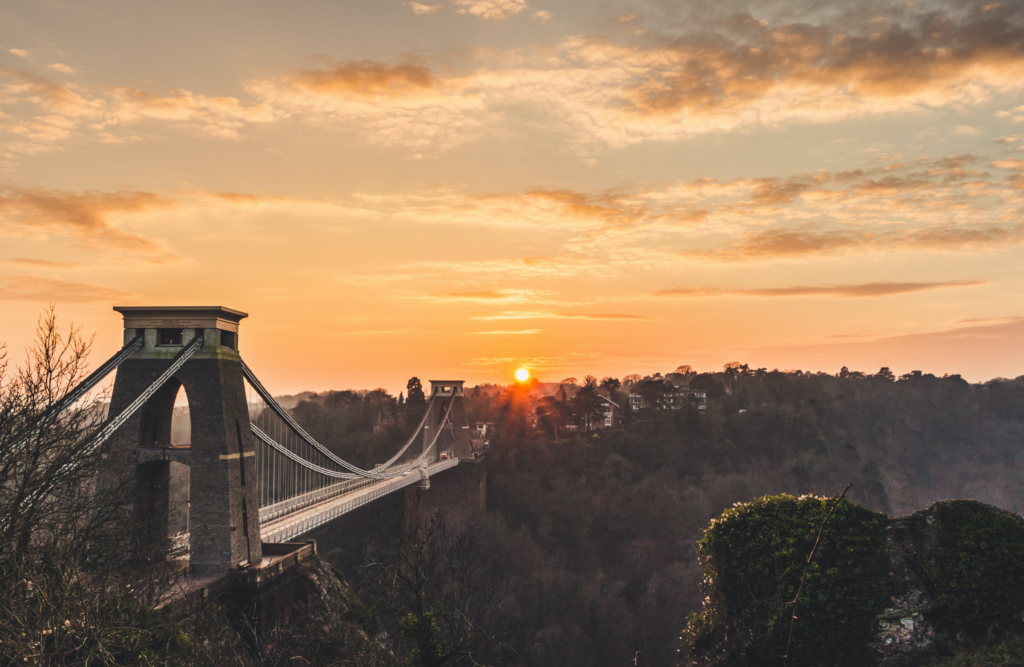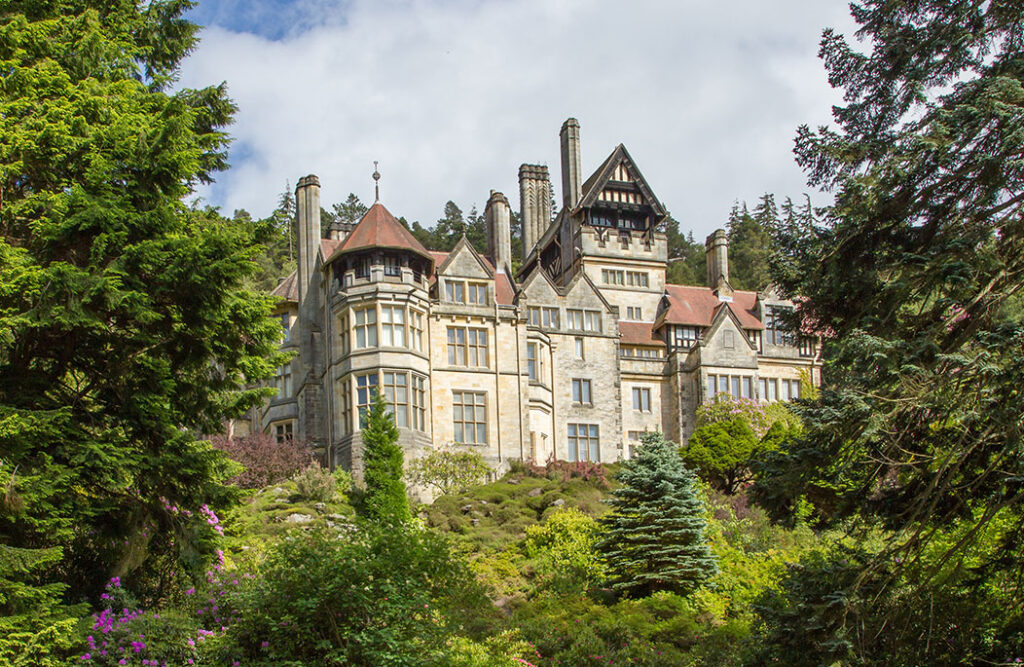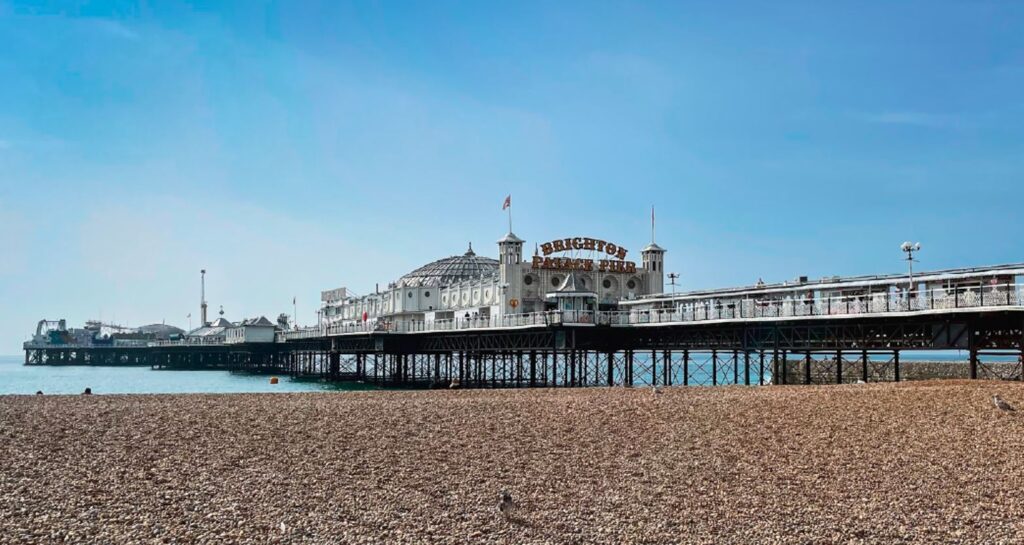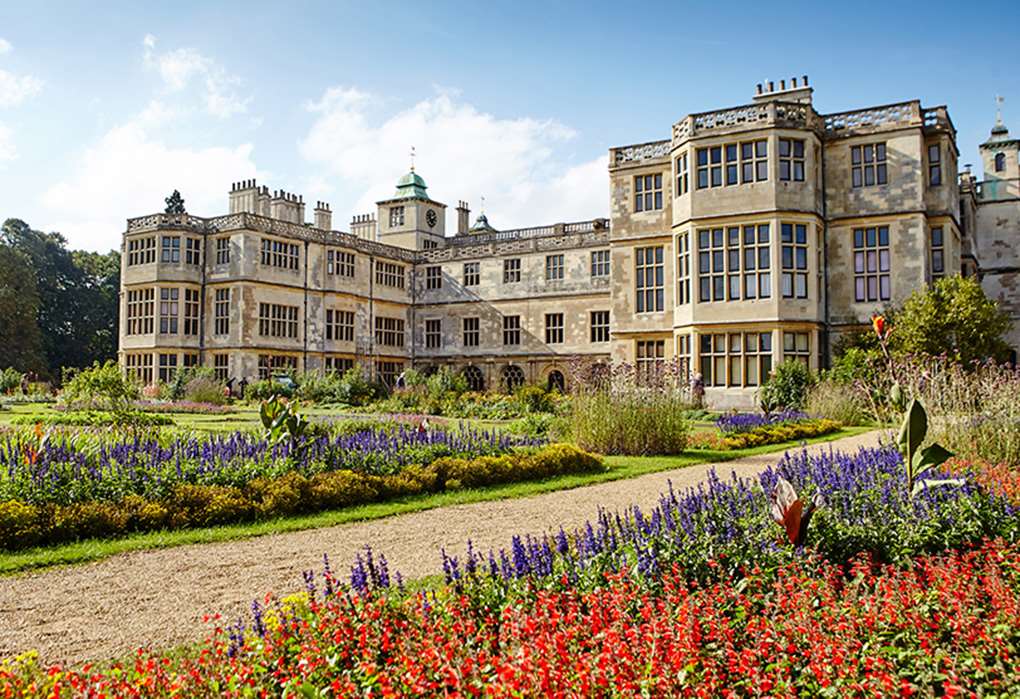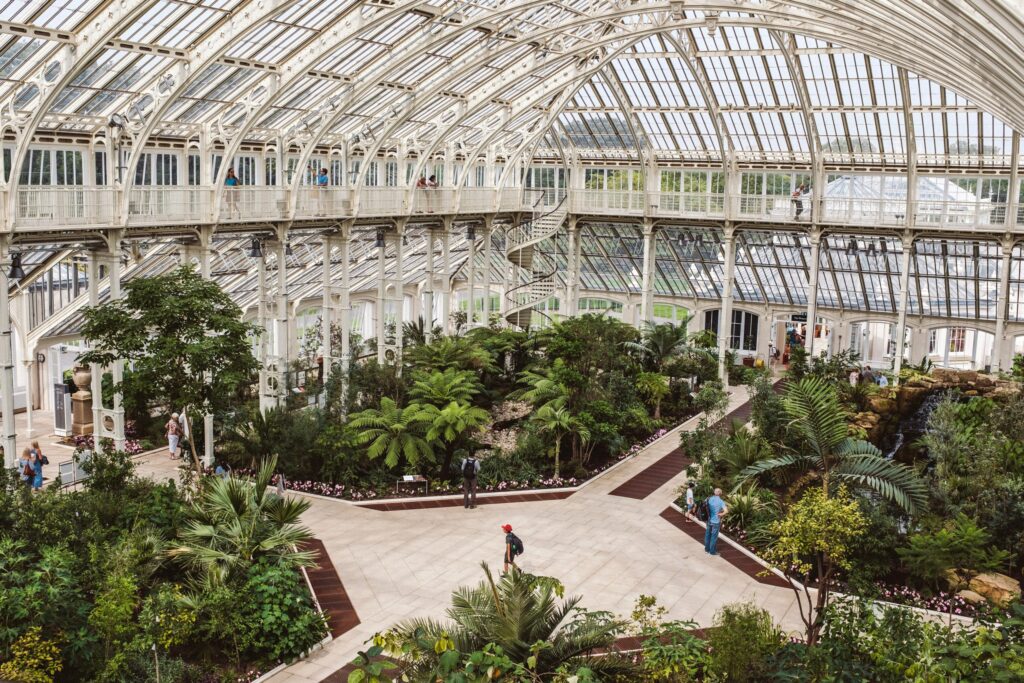In 2002, the then-chairman of English Heritage, Sir Neil Cossons, described Liverpool as “Britain’s finest Victorian city.”
The masterful Victorian storyteller Charles Dickens was a big Liverpool fan and a frequent visitor to the city, where he performed extracts from his latest novels.
This blog identifies seven Liverpool landmarks which are a lasting legacy of the Victorian influences in the city.
ROYAL LIVER BUILDING
The Royal Liver Building is a Grade I listed building at the Pier Head of the famous River Mersey. Along with the neighbouring Cunard Building and Port of Liverpool Building, it is one of the city’s “Three Graces”, which line the waterfront.
It was also part of Liverpool’s formerly UNESCO-designated World Heritage Maritime Mercantile City.
The Liver Birds sitting atop the building have become one of the city’s most familiar landmarks. Legend has it that if these two birds were to fly away, the city would cease to exist.
Actually opened after Victoria’s death, the building was the purpose-built home of the Royal Liver Assurance group, which had been set up in the city in 1850.
It was one of the first buildings in the world to be built using reinforced concrete. It is 98.2m (322 ft) tall to the top of the spires and 103.7 metres (340 ft) to the top of the birds.

ROYAL ALBERT DOCK
The Royal Albert Dock was designed by Jesse Hartley and Philip Hardwick. It was opened in 1846 and was the first structure in Britain to be built from cast iron, brick and stone, with no structural wood.
It was known simply as the Albert Dock until 2018, when it was granted a royal charter and had the honorific “Royal” added to its name.
The dock was revolutionary in its design because ships were loaded and unloaded directly from or to the warehouses within it. Two years after it opened, it was modified to feature the world’s first hydraulic cranes.
Due to its open yet secure design, the dock became a popular store for valuable cargoes such as brandy, cotton, tea, silk, tobacco, ivory and sugar. Despite its advanced design, the rapid development of shipping technology meant that, within 50 years, larger and more open docks were required, although the Albert Dock remained a valuable store for cargo.
Redevelopment of the dock began in 1981, when the Merseyside Development Corporation was set up, with the Albert Dock being officially re-opened in 1984.
Today, it is a major tourist attraction and the most visited venue in the United Kingdom outside of London. The dock warehouses also comprise the largest single collection of Grade I listed buildings anywhere in the UK.
download the full victorian homes ebook
Download Victorian Homes, a free ebook created by Adrian Flux insurance services. It is full of Victorian house facts, tips on how to create a Victorian style house — even if you live in a new-build home — and advice on where to source original Victorian and reproduction fixtures, fittings, furniture, accessories and art.
THE ALBANY
The Albany is a Grade II* listed, three-storey brick and granite building in Old Hall Street built in 1856. It started life as a cotton trading office and meeting place for cotton brokers.
The cotton trade accounted for half of the city’s business at the time, with 1.5 million bales imported each year from America, Brazil, Egypt and India.
The Albany’s exterior boasts elaborately carved friezes, archivolts and other classical design features. There’s also an impressive courtyard with red granite columns and decorated arches.
The Albany has been converted into 140 apartments but the exterior of the building still reflects its original Victorian glory.
SPEKE HALL
The original Speke hall was actually built in 1530, but after falling into disrepair it was renovated in the Victorian style from 1856 with distinctive gardens, a parlour, and grand kitchens being added.
The hall’s final occupant, Miss Adelaide Watt, donated £2,000 towards the building of Liverpool Cathedral and developed a farm on the estate.
After her death in 1921, the house eventually passed into the ownership of the National Trust and has become one of Liverpool’s most popular tourist attractions, hosting annual Victorian-themed Christmas weekends.
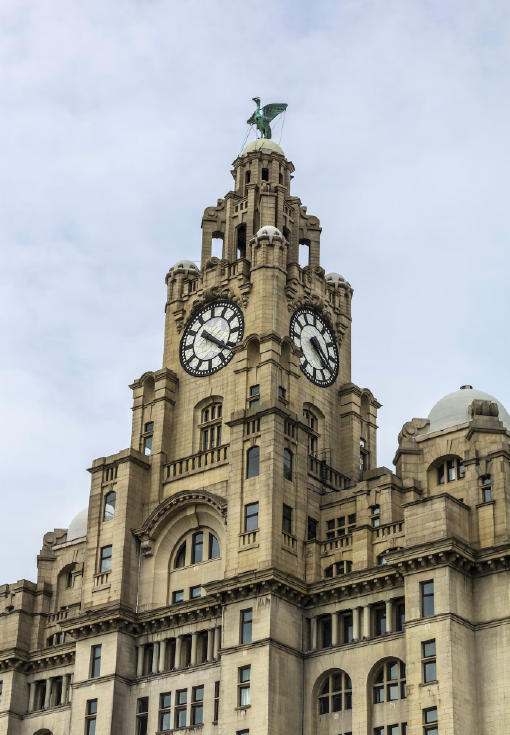
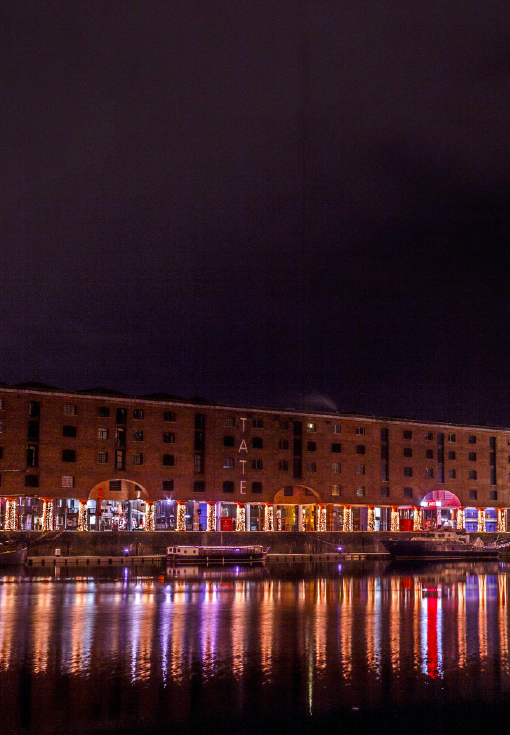
SPRINGWOOD HOUSE
In the 19th century, Liverpool’s wealthy merchants and lawyers began to look outside the city to build their ‘statement’ residences. Many of these new-build mansions were in Allerton, a suburb three miles from the city centre.
One of the first was Springwood House, built for William Shand, a plantation owner with interests in the slave trade, in 1839. The house was later bought by Sir Thomas Brocklebank in the 1840s.
Brocklebank’s grandfather was the founder of the famous Brocklebank shipping company, one of the oldest merchant shipping firms in the world prior to its collapse in the 1980s.
Many of these new mansions in Allerton were subsequently demolished but Springwood remains, accommodating a private nursing home.
Sudley House
Standing in 30 acres of wooded grounds overlooking the River Mersey, Sudley House was built in 1824 for the corn merchant and former Lord Mayor of Liverpool, Nicholas Robinson.
Studley is an imposing two-storey, red brick mansion. In 1884, the house was bought by George Holt, a successful shipping line owner, merchant, patron of the local university college and a noted art collector.
His collection features work by Turner, Gainsborough, Joshua Reynolds, George Romney and the Pre-Raphaelites William Holman Hunt, John Everett Millais and Dante Gabriel Rossetti, and it remains on view in the house to this day.
Sudley was bequeathed to the city in 1944 by Holt’s only child, Emma, and it remains one of the few period homes to retain many of its original features.
RODNEY STREET
Rodney Street is today noted for the number of doctors who practice there and it is sometimes referred to as the Harley Street of the north. It is a conservation area containing more than 60 listed buildings.
Rodney Street was laid out in 1783–1784 by William Roscoe and others. It was developed up to the 1820s with houses for affluent businessmen escaping the city centre.
No. 9 was the birthplace of Arthur Clough, a poet born in 1819. No. 62 was the birthplace in 1809 of William Ewart Gladstone, who went on to be elected Victoria’s Prime Minister on four separate occasions from the 1860s to the 1890s.
On the north side of Rodney Street stands the disused Scottish Presbyterian Church of Saint Andrew, built in 1823–1824. The body of the church is of a simple two-storey design with round-arched windows and stucco walls designed by Daniel Stewart.
The façade of blackened ashlar, designed by John Foster Jr, is an imposing composition of entrance columns, flanked by corner towers, topped with Corinthian columns and domes. For the church, however, the times are changing. In 2012, it was redeveloped to provide en-suite accommodation for 100 students.
GET HOME INSURANCE FROM ADRIAN FLUX
For a swift Victorian home insurance quote, call 0800 369 8590. 81.5% of all customers receiving an online quote in August 2022 could have obtained a cheaper quote over the phone based on the information they provided.
